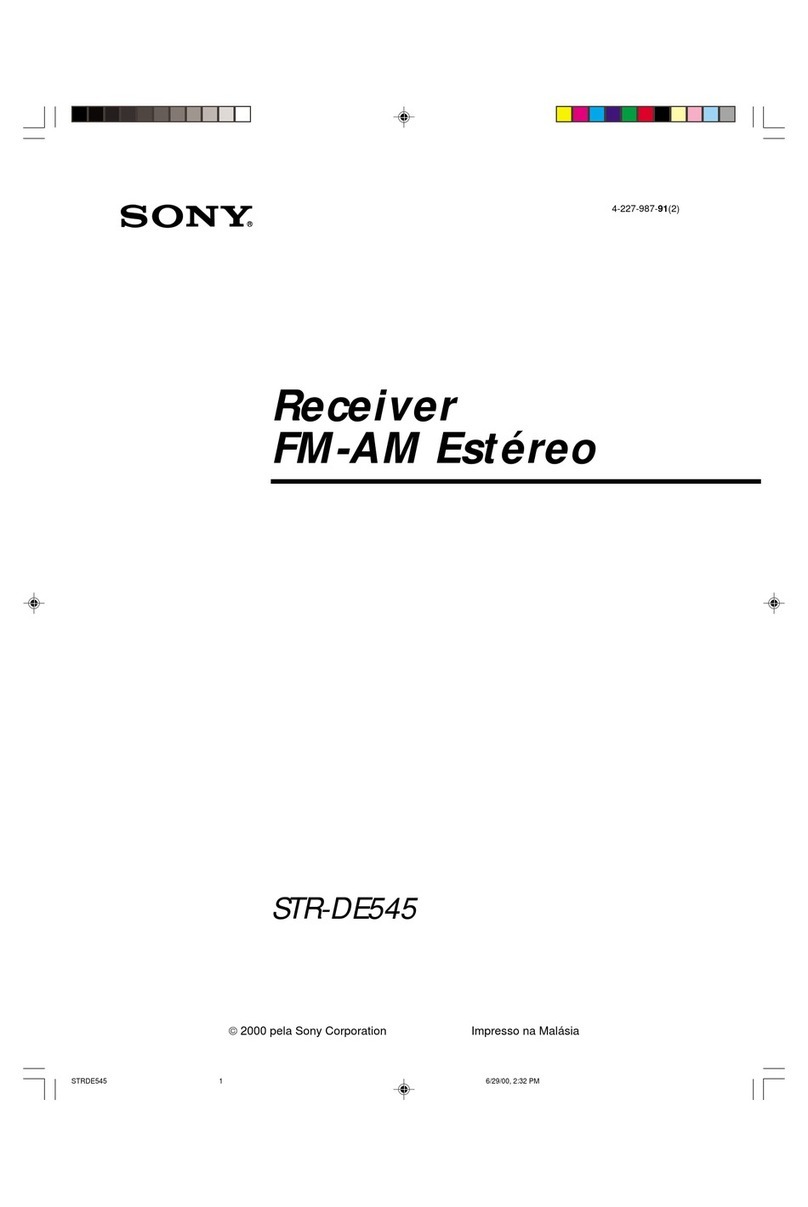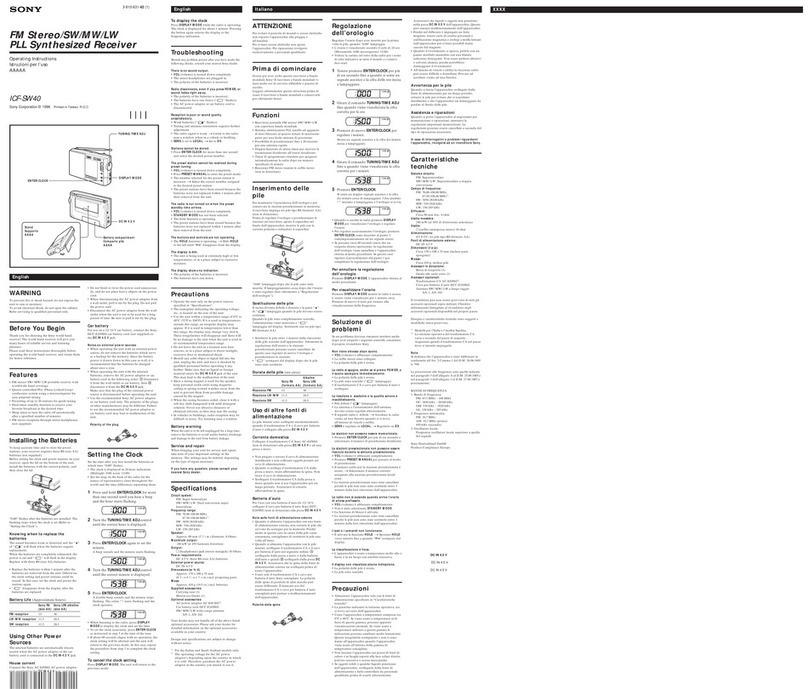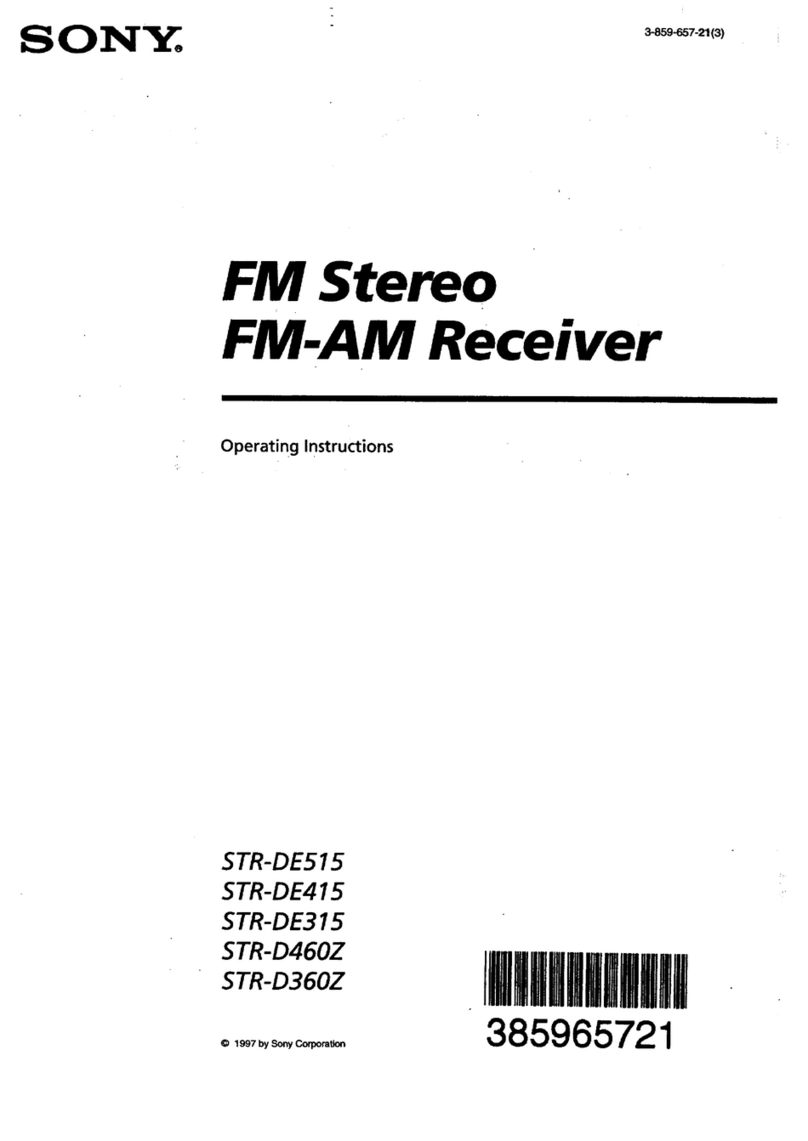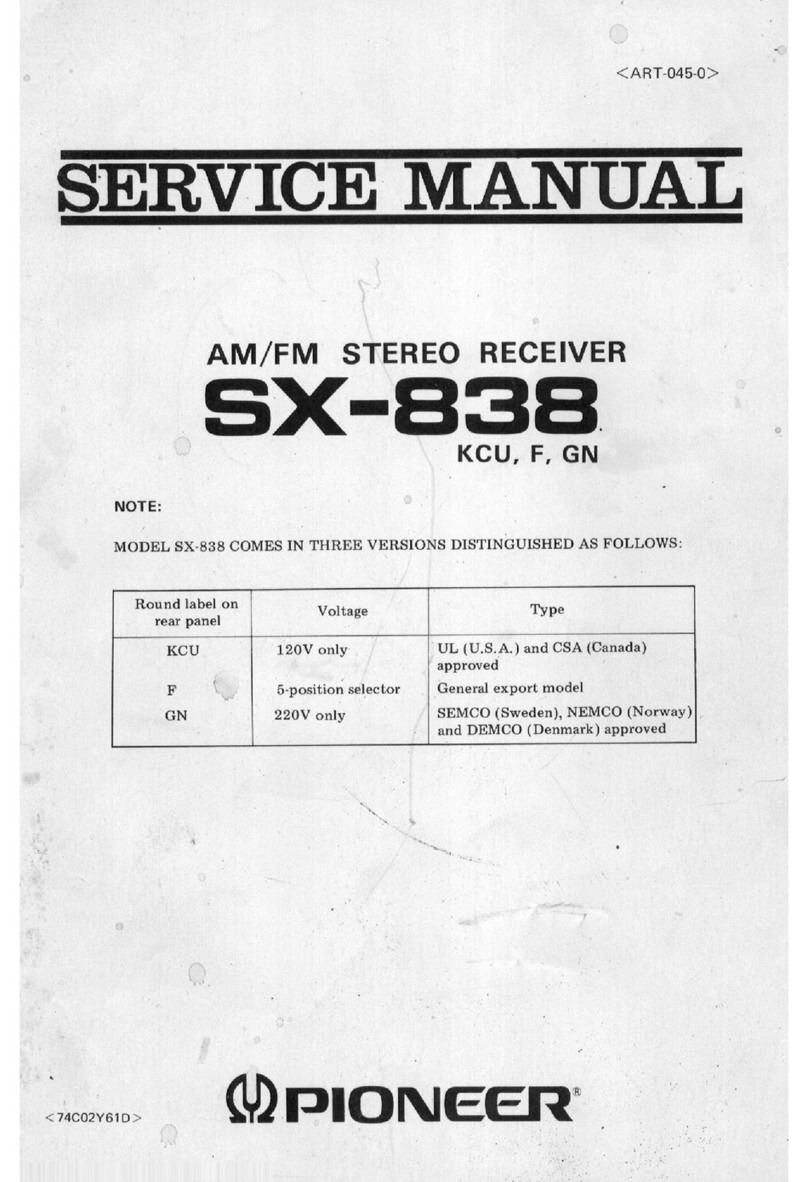Sony ICF-SW7600 User manual
Other Sony Stereo Receiver manuals
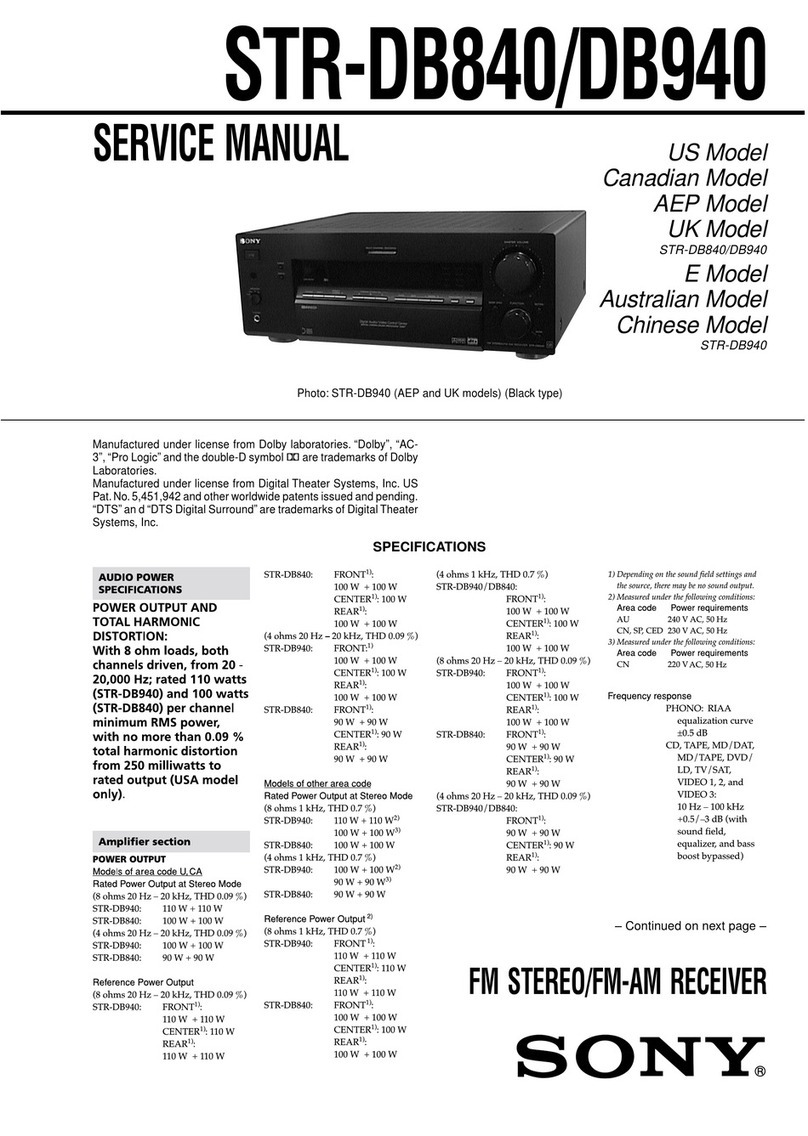
Sony
Sony STR-DB840 User manual
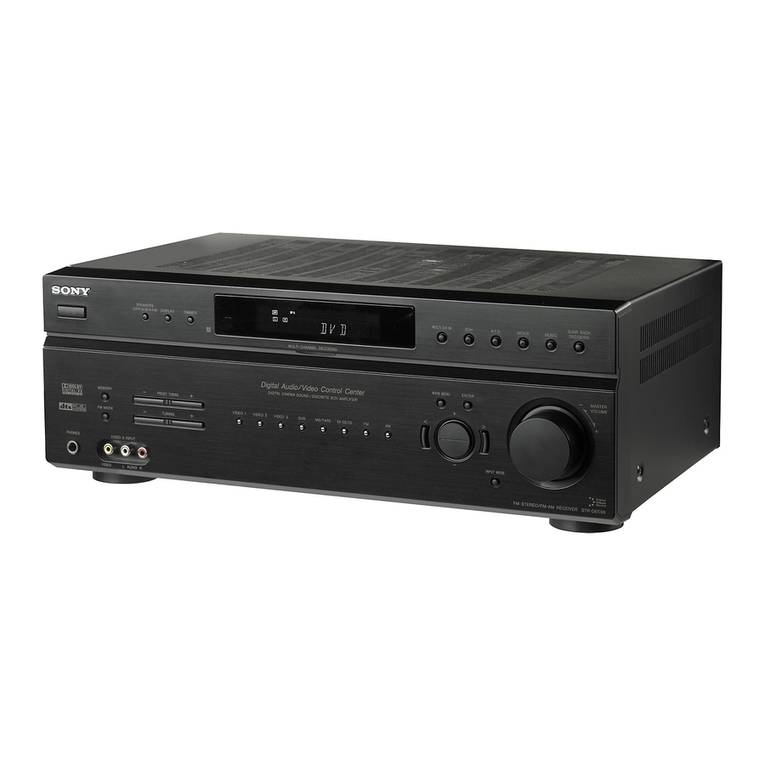
Sony
Sony STR-DE598 - A/v Receiver Quick start guide
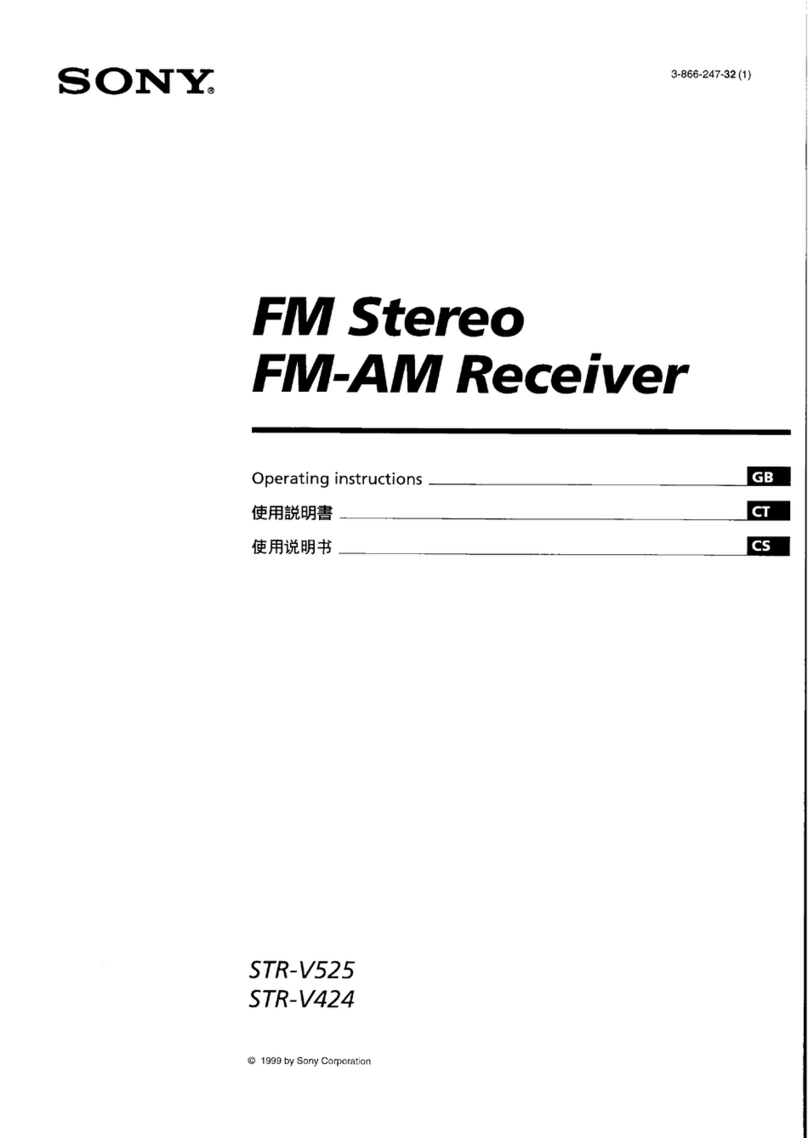
Sony
Sony STR-V525 User manual
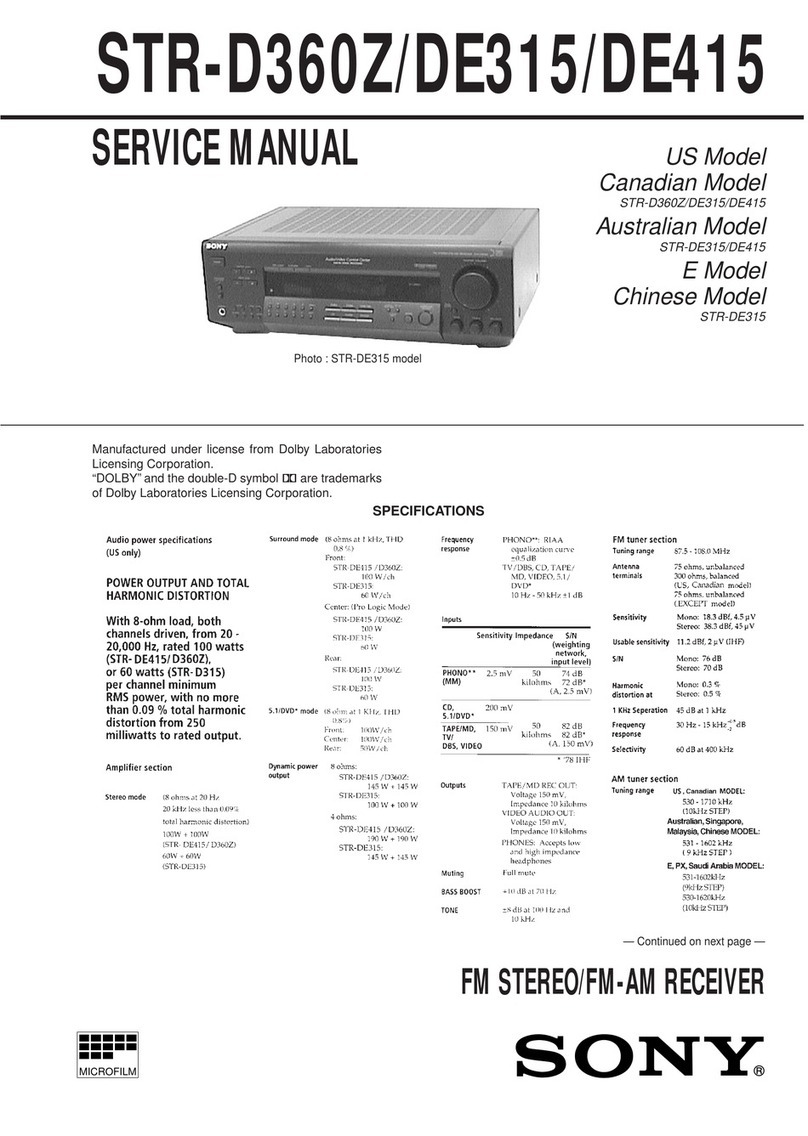
Sony
Sony STR-D360Z User manual

Sony
Sony STR-7055 User manual
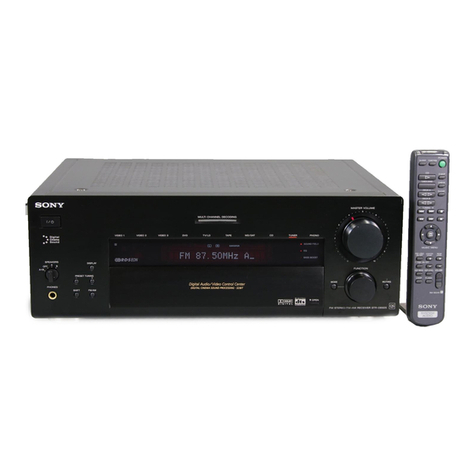
Sony
Sony STR-DB925 User manual
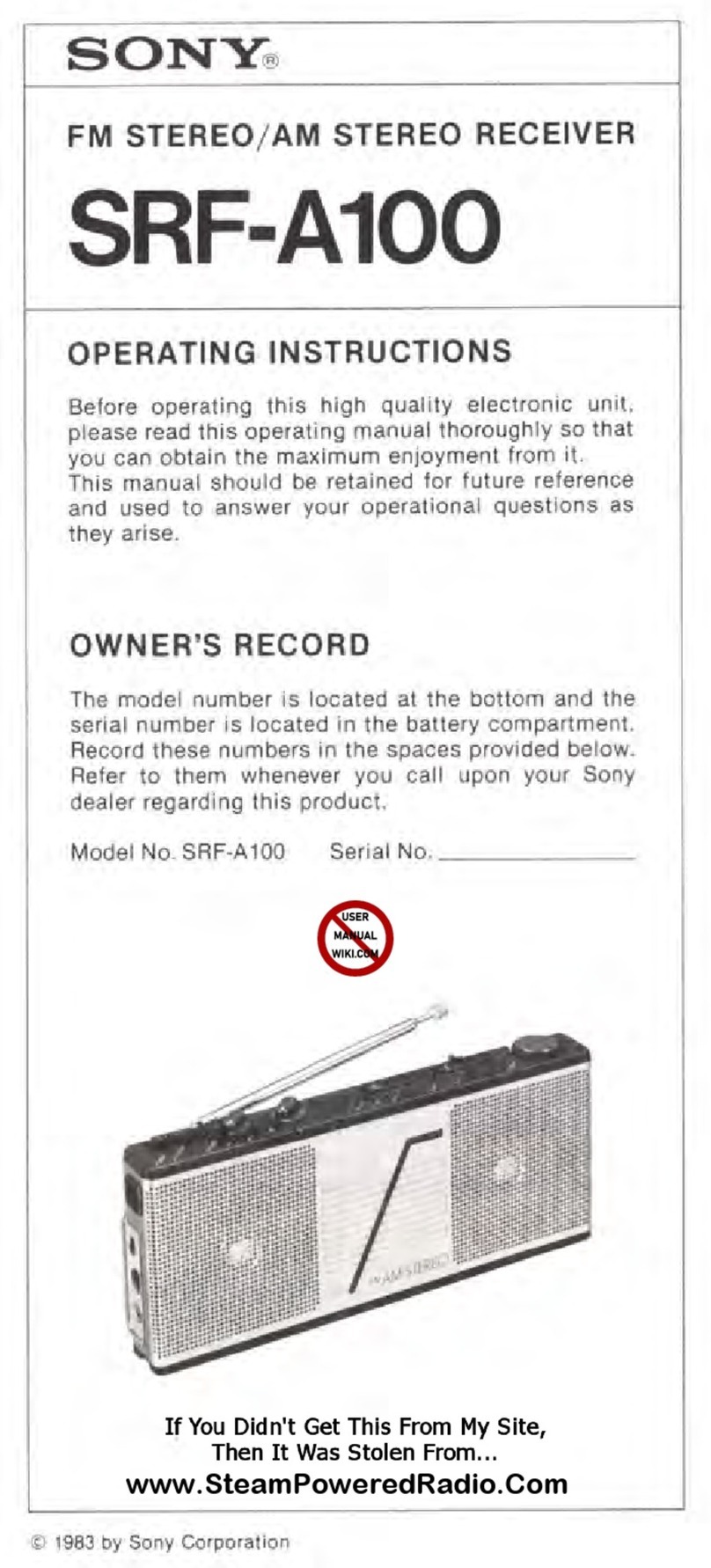
Sony
Sony SRF-A100 User manual
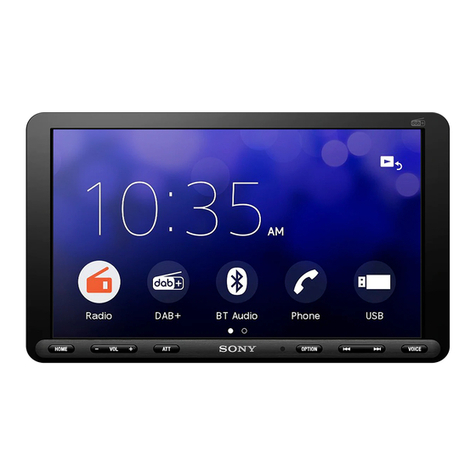
Sony
Sony XAV-AX8050D User manual

Sony
Sony STR-DA1000ES User manual
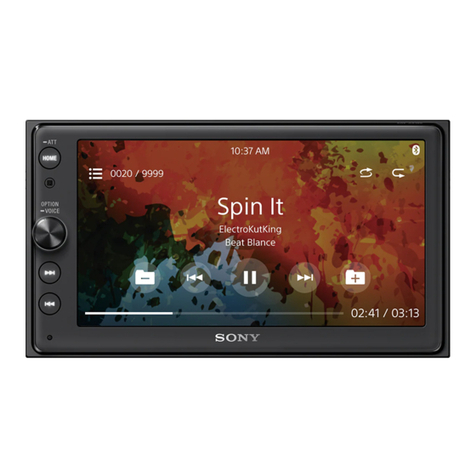
Sony
Sony XAV-AX100 User manual
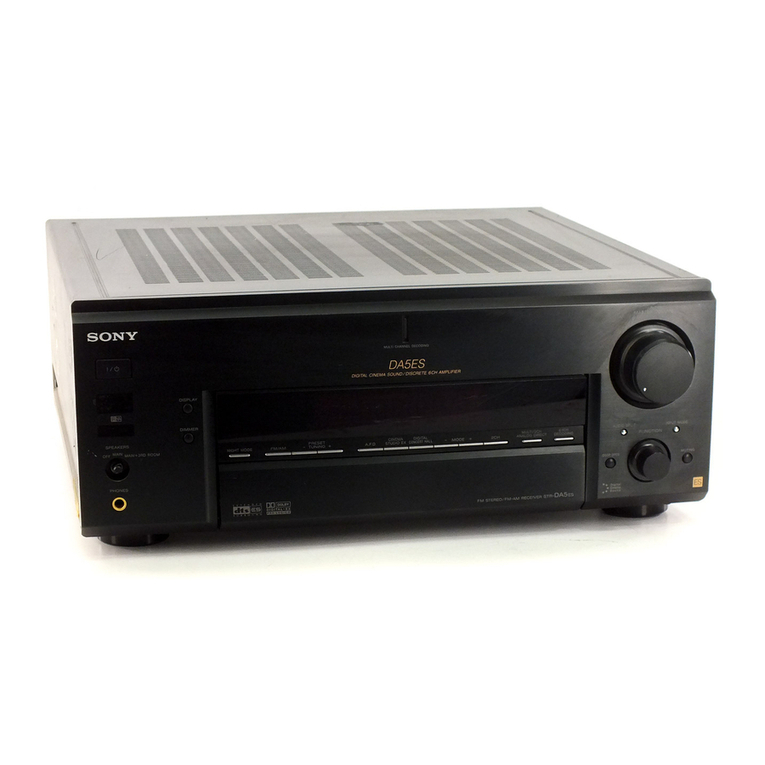
Sony
Sony STR-DA1ES - Fm Stereo/fm-am Receiver User manual
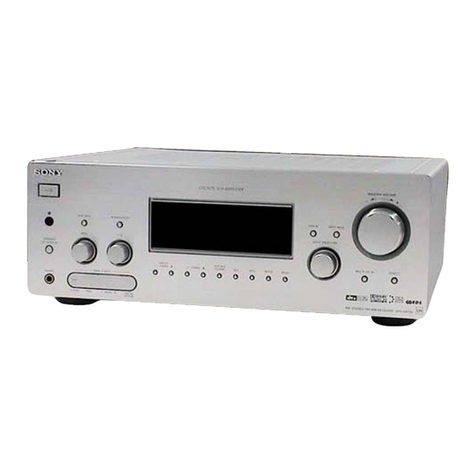
Sony
Sony STR-DB798 User manual

Sony
Sony STR-DA1000ES User manual
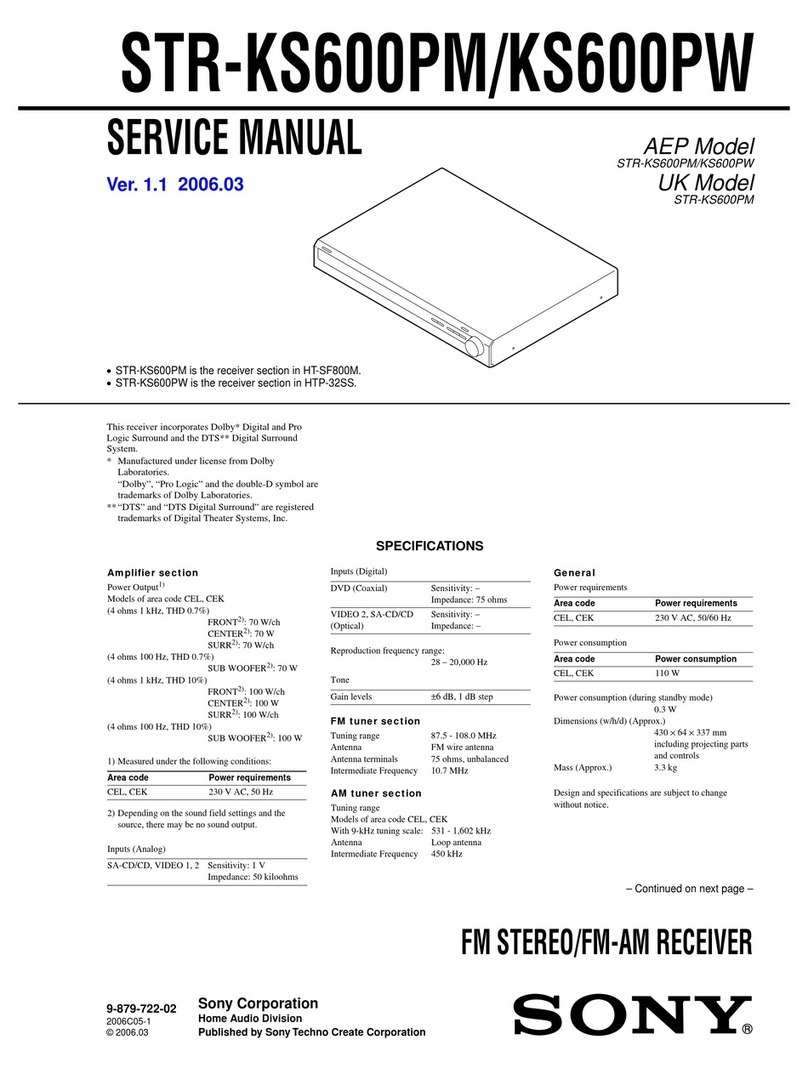
Sony
Sony STR-KS600PM User manual

Sony
Sony STR-DA333ES - Fm Stereo/fm-am Receiver User manual
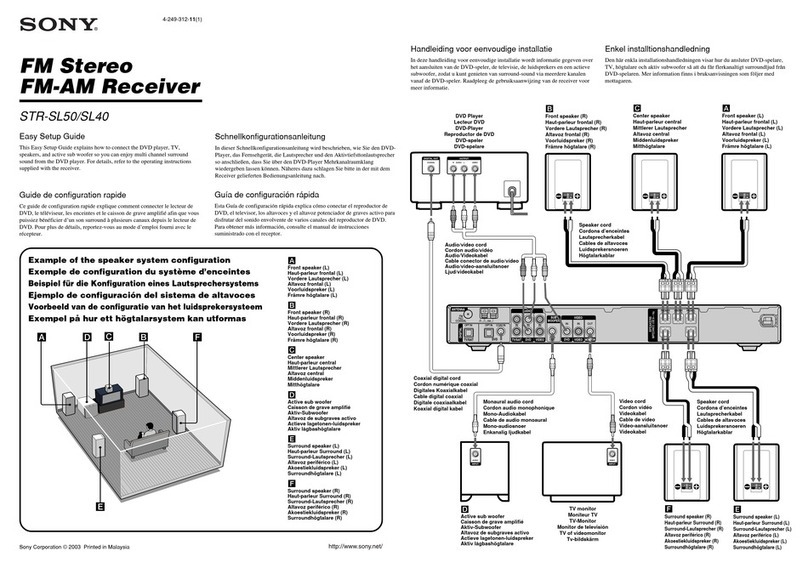
Sony
Sony STR-SL40 Quick start guide
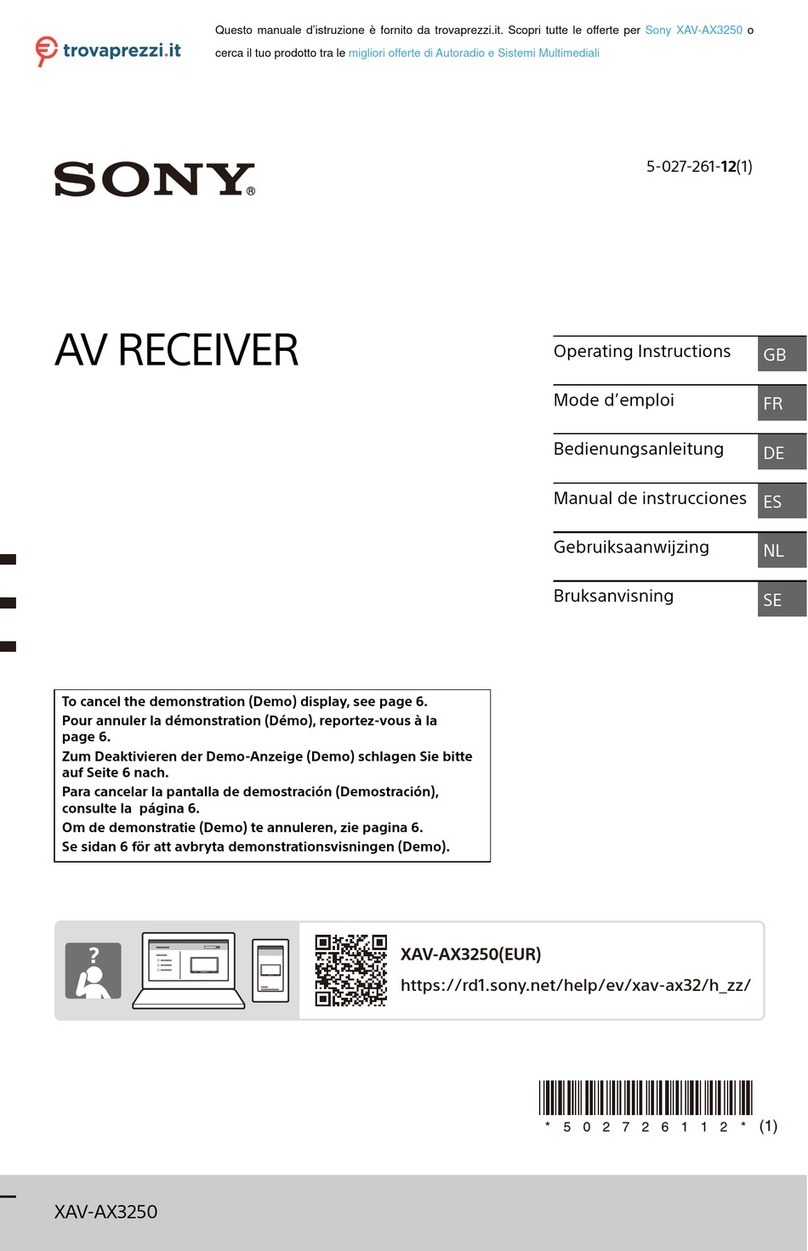
Sony
Sony XAV-AX3250 User manual

Sony
Sony SRS-X88 User guide
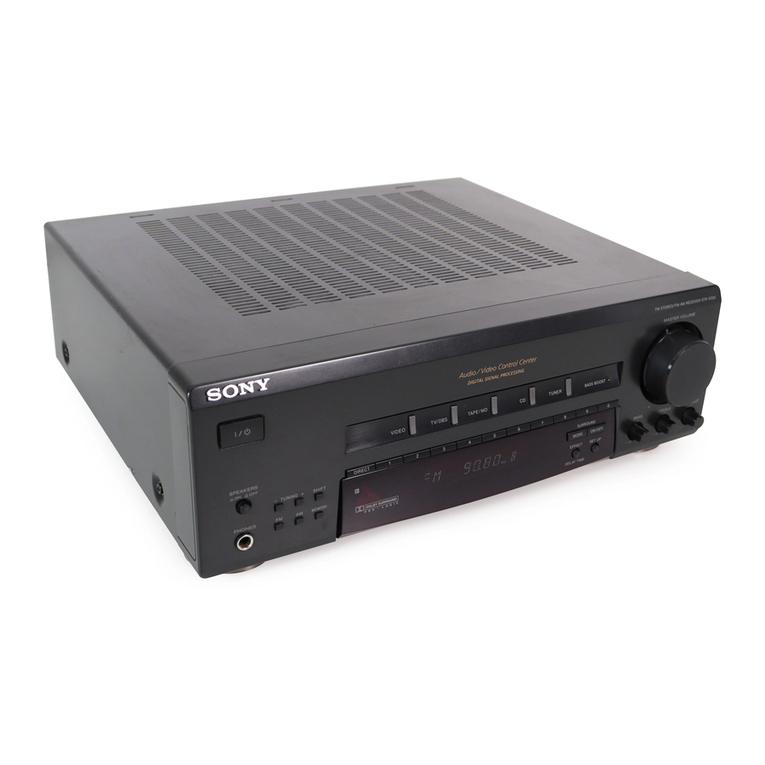
Sony
Sony STR-V200 - Fm Stereo/fm-am Receiver User manual

Sony
Sony STR-DB798 Quick start guide
